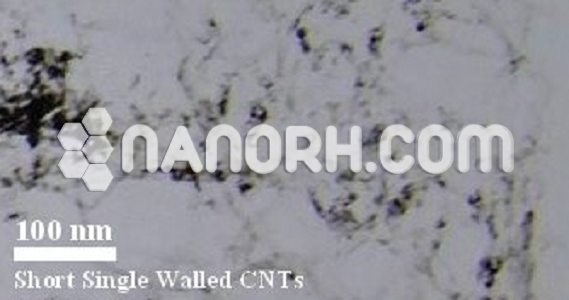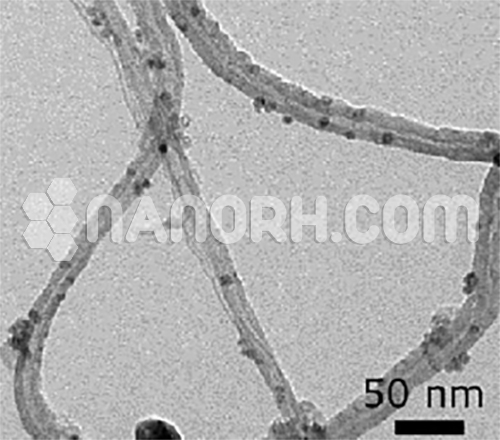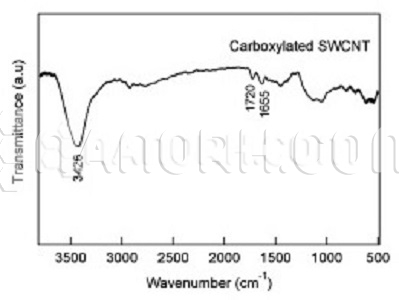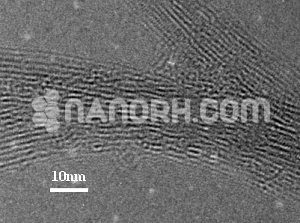| OH Functionalized Short SWCNTs, Purity >90% | |
| Product No | NRE-32007 |
| Purity | Carbon nanotubes > 95 wt% |
| Average Diameter | 1.1 nm |
| Average Length | 1-3 um |
| Special Surface Area(SSA) | 380m2/g(BET) |
| Tap Density | 0.14g/cm3 |
| True Density | 2.1g/cm3 |
| Electric Conductivity | > 100 S/cm |
| Thermal Conductivity | 50-200 W/m.K |
| Ignited temperature | 630 °C |
OH Functionalized Short SWCNTs
Introduction:
OH functionalized short single-walled carbon nanotubes (SWCNTs) are carbon nanotubes that have been chemically modified to include hydroxyl (-OH) groups and are characterized by a shorter length. This functionalization enhances their solubility, reactivity, and compatibility with various materials, making them particularly suitable for a range of advanced applications. The shorter length facilitates better dispersion in various matrices, reduces entanglement, and enhances their effectiveness in specific applications.
Applications
Biomedical Applications:
Targeted Drug Delivery: The hydroxyl groups allow for the efficient conjugation of drugs or therapeutic agents, enabling targeted delivery to specific cells, which is particularly beneficial in cancer therapy.
Biosensing: These functionalized nanotubes can be used in biosensors to detect specific biomolecules, providing high sensitivity and specificity due to their surface modifications.
Composite Materials:
Enhanced Polymer Composites: Short OH functionalized SWCNTs can be incorporated into polymers to improve mechanical strength, electrical conductivity, and thermal properties, making them suitable for lightweight, high-performance materials in industries such as aerospace and automotive.
Energy Storage:
Supercapacitors and Batteries: The functionalization enhances the electrochemical performance of short SWCNTs, leading to improved charge storage capacity and cycling stability, which are crucial for advanced energy storage solutions.
Environmental Remediation:
Pollutant Adsorption: The increased surface area and functional groups improve the adsorption capacity for heavy metals and organic contaminants, making them effective in water purification and environmental cleanup efforts.
Catalysis:
Catalyst Supports: Short OH functionalized SWCNTs can serve as supports for catalysts, enhancing their dispersion and effectiveness in chemical reactions, leading to more efficient catalytic processes.
Sensors:
Gas Sensors: Their high surface area and reactivity make them suitable for developing sensitive gas sensors capable of detecting specific gases at low concentrations.




